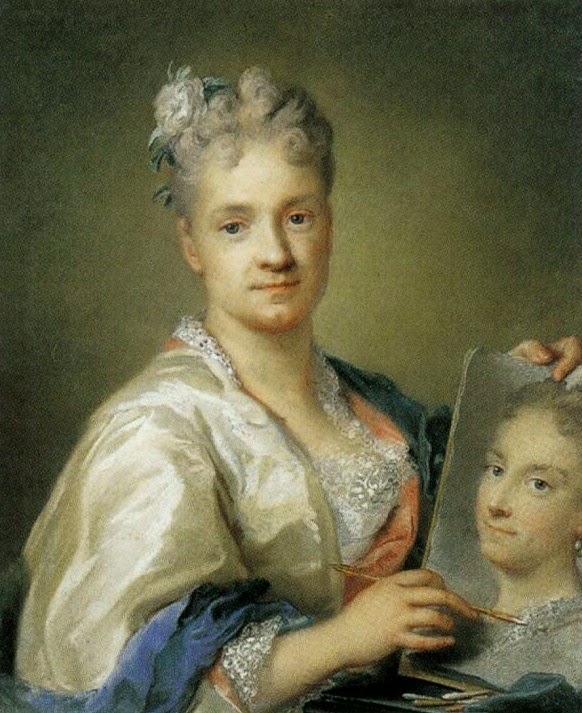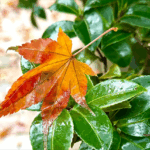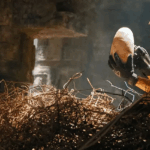Reviews: The Story of Art (without Men), Katy Hessel & Making it Modern, Linda Nochlin
In the 1970s art historian Linda Nochlin was asked, “Why have there been no great women artists?” This question became the title of a famous essay in which Nochlin answered by outlining how the making of fine art and the writing of its history in the West has been skewed towards the male perspective.
Katy Hessel, taking inspiration from Nochlin, effectively answers, “but there are and have been.”
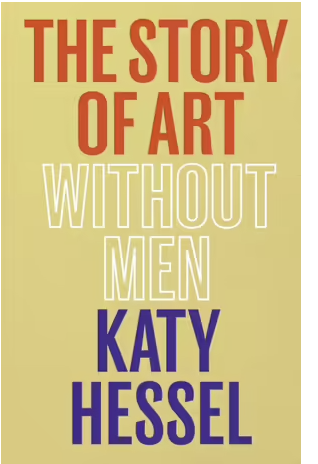
Hessel has an Instagram account called ‘thegreatwomenartists’. Her The Story of Art (without Men) takes its structure and title from Ernst Gombrich’s ubiquitous textbook The Story of Art, which, accessible as it is, by the sixteenth edition still had only one female artist in it.
Hessel agrees with Nochlin that women’s status in Western art has been less than men because they were denied education and travel, access to the (nude) human body and art institutions and were generally seen as not capable of the kind of art men made. The kind of art they did make was seen as inferior. It’s great that Hessel, in her history, talks about quiltmaking (even if she quickly returns to ‘high art’ in the narrative), as it is one thing to say women can do as well as men, quite another to recognise traditional women’s craft as being as good and skilful as oil painting.
Still, Vasari, in his sixteenth century Lives of the Artists features four women, including a nun, of whom he perceptively noted that she didn’t have the same opportunity to study real-life models as other artists. Women artists were often the daughters of artists, such as the entrepreneurial Artemisia Gentileschi. In the eighteenth century, there were hundreds of women artists working in Europe. They were well paid and respected and often taught others. But as famous as women artists could become, once they became mothers they were often quickly forgotten.
Women didn’t just compete with men; they were pioneers. Rosalba Carriera’s art was fundamental for establishing the look (for good or ill, depending on your tastes) of the rococo, and innovated in pastels. Anna Atkins produced the first book of photography. Janet Sobel pioneered Abstract Expressionism, influencing the later superstars, but she is little known. Camille Claudel, the partner of Rodin, was influenced by him, it has been claimed, but Hessel suggests it was the other way around. Similar claims of who-influenced-who can be made of Duchamp and Baroness Freytag-Loringhoven, Diego Riviera and Frida Kahlo, Kurt Schwitters and Hannah Hoch, Jackson Pollock and Lee Krasner, Willem and Elaine de Kooning. After the wild and often perplexing manifestations of performance, installation and video art, recently women artists such as Cecily Brown have been returning to and reinventing (yet again) the figurative.
By the later 20th century, women were innovating particularly in political art. The Guerrilla Girls made art that was more protest sign, and famously asked if women had to be naked to be seen in the world’s famous art museums. This also led to questions on how political visual art was meant to be. Putting politics over aesthetics can seem heavy-handed, but art is inextricable from the social conditions that produce it. Like Nochlin, Hessel is aware that this includes not only feminist concerns, but also the political, economic and technological contexts.
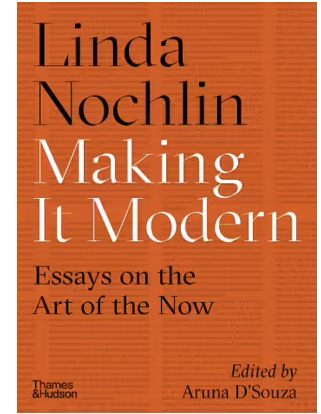
Nochlin’s theory concerns two aspects of women in art: how they are portrayed and how they make art. In this latest collection of her essays from Thames & Hudson she notes that a group portrait of Impressionists in a studio from the 1870s by Bazille, despite its innovative informality and lack of focal point, still contains all male artists, and the only women in the painting are nudes on the studio’s walls. She further notes that the Impressionists never portrayed women artists in the act of painting, unlike their male counterparts.
With such a deep knowledge of the history of art, Nochlin is able to notice subtleties and the impermanence of what we may think are standard ideas about art. She notes that earlier in the history of Western art, nude portrayals were generally of men. Women’s nude bodies as objects of fascination in art are a more recent development, reflecting a turn from overwhelmingly religious content. In an intriguing comparison of Pissarro and Cezanne she notes that while Cezanne’s bodies, male or female, are treated like simply objects in the landscape, therefore erasing some of the differences in the way the sexes are portrayed in painting, Pissarro tended to see women as individuals with an inner life, rather than types or objects, meaning that even his bathers are imbued with a sense of their individual personalities.
Nochlin’s work has done much to reveal the gendered nature of art history. Hessel’s book aims to give us the parallel story of women artists. But, somewhat strangely, this prompts the thought that Hessel’s book may only be the stimulus for something more: we still need a comprehensive history of art that is balanced in its approach to gender, perhaps titled something like The Story of Art (with both Women and Men Represented Fairly).
Nick Mattiske blogs on books at coburgreviewofbooks.wordpress.com and is the illustrator of Thoughts That Feel So Big.



